Robert Gormally
Knowledge- and Data-driven Services for Energy Systems using Graph Neural Networks
Mar 12, 2021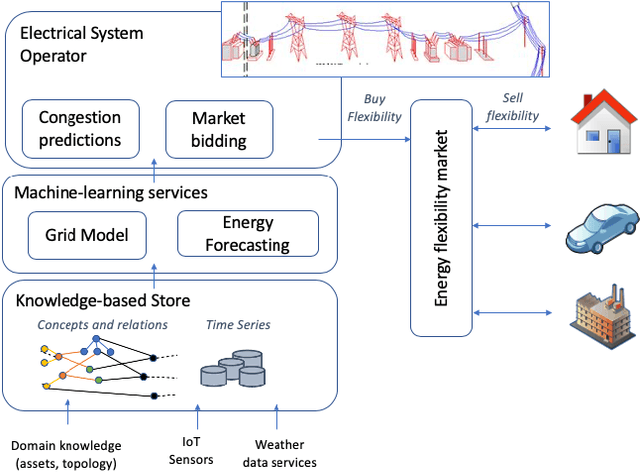
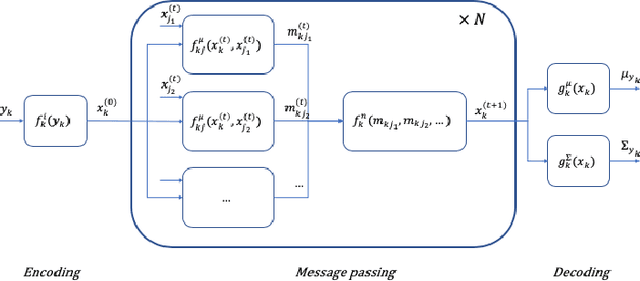
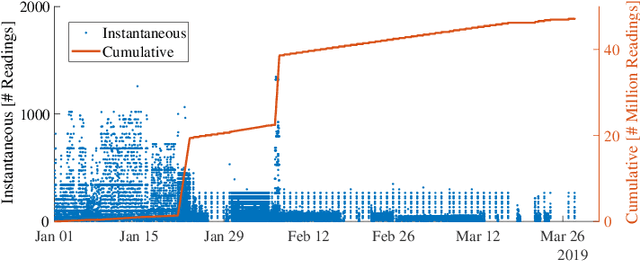
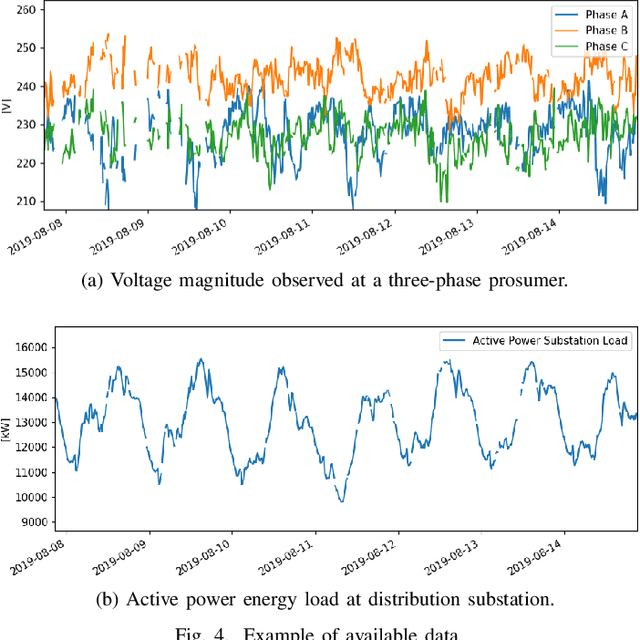
Abstract:The transition away from carbon-based energy sources poses several challenges for the operation of electricity distribution systems. Increasing shares of distributed energy resources (e.g. renewable energy generators, electric vehicles) and internet-connected sensing and control devices (e.g. smart heating and cooling) require new tools to support accurate, datadriven decision making. Modelling the effect of such growing complexity in the electrical grid is possible in principle using state-of-the-art power-power flow models. In practice, the detailed information needed for these physical simulations may be unknown or prohibitively expensive to obtain. Hence, datadriven approaches to power systems modelling, including feedforward neural networks and auto-encoders, have been studied to leverage the increasing availability of sensor data, but have seen limited practical adoption due to lack of transparency and inefficiencies on large-scale problems. Our work addresses this gap by proposing a data- and knowledge-driven probabilistic graphical model for energy systems based on the framework of graph neural networks (GNNs). The model can explicitly factor in domain knowledge, in the form of grid topology or physics constraints, thus resulting in sparser architectures and much smaller parameters dimensionality when compared with traditional machine-learning models with similar accuracy. Results obtained from a real-world smart-grid demonstration project show how the GNN was used to inform grid congestion predictions and market bidding services for a distribution system operator participating in an energy flexibility market.
Scalable Deployment of AI Time-series Models for IoT
Mar 24, 2020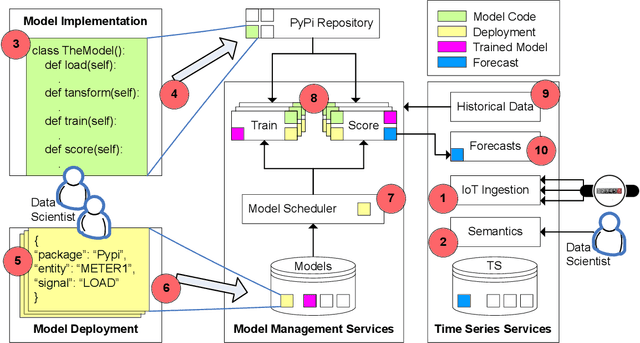
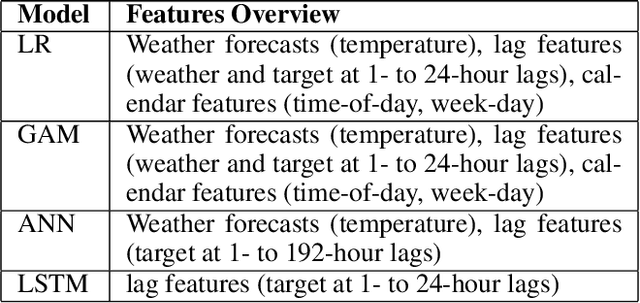
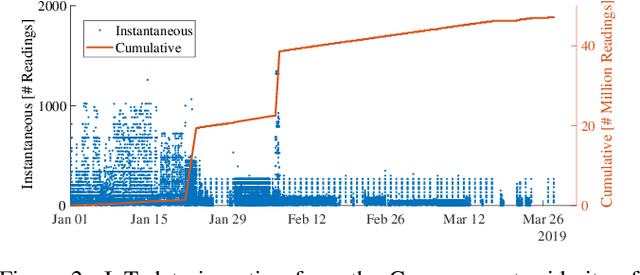

Abstract:IBM Research Castor, a cloud-native system for managing and deploying large numbers of AI time-series models in IoT applications, is described. Modelling code templates, in Python and R, following a typical machine-learning workflow are supported. A knowledge-based approach to managing model and time-series data allows the use of general semantic concepts for expressing feature engineering tasks. Model templates can be programmatically deployed against specific instances of semantic concepts, thus supporting model reuse and automated replication as the IoT application grows. Deployed models are automatically executed in parallel leveraging a serverless cloud computing framework. The complete history of trained model versions and rolling-horizon predictions is persisted, thus enabling full model lineage and traceability. Results from deployments in real-world smart-grid live forecasting applications are reported. Scalability of executing up to tens of thousands of AI modelling tasks is also evaluated.
Power Systems Data Fusion based on Belief Propagation
May 24, 2017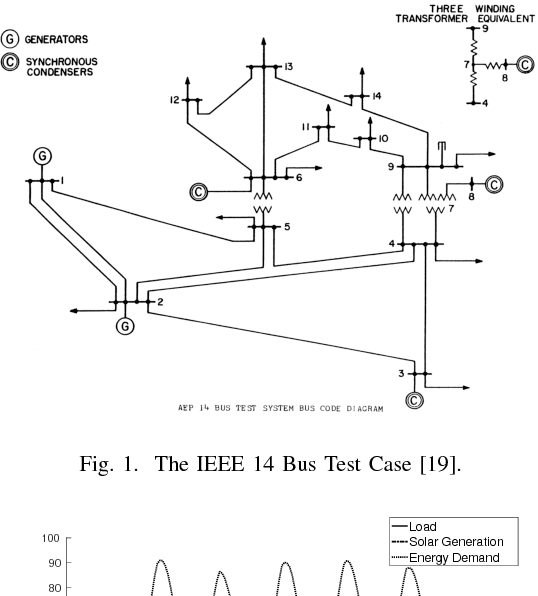
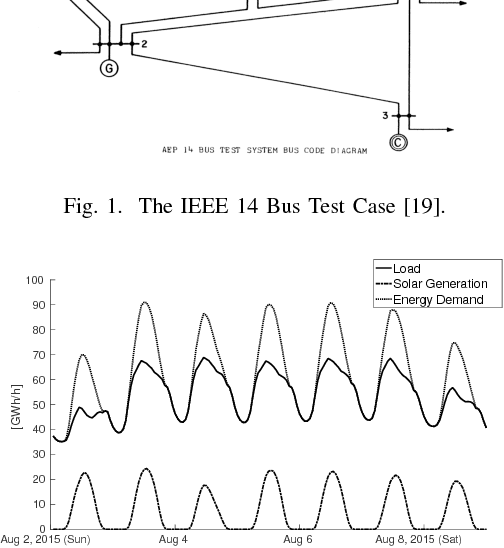
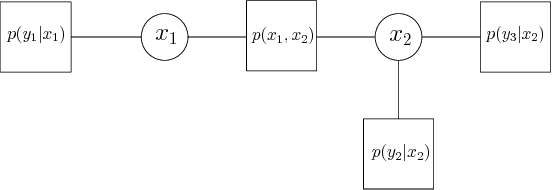
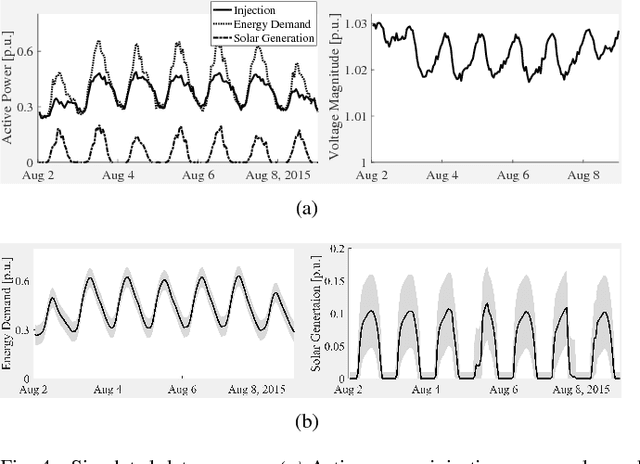
Abstract:The increasing complexity of the power grid, due to higher penetration of distributed resources and the growing availability of interconnected, distributed metering devices re- quires novel tools for providing a unified and consistent view of the system. A computational framework for power systems data fusion, based on probabilistic graphical models, capable of combining heterogeneous data sources with classical state estimation nodes and other customised computational nodes, is proposed. The framework allows flexible extension of the notion of grid state beyond the view of flows and injection in bus-branch models, and an efficient, naturally distributed inference algorithm can be derived. An application of the data fusion model to the quantification of distributed solar energy is proposed through numerical examples based on semi-synthetic simulations of the standard IEEE 14-bus test case.
 Add to Chrome
Add to Chrome Add to Firefox
Add to Firefox Add to Edge
Add to Edge